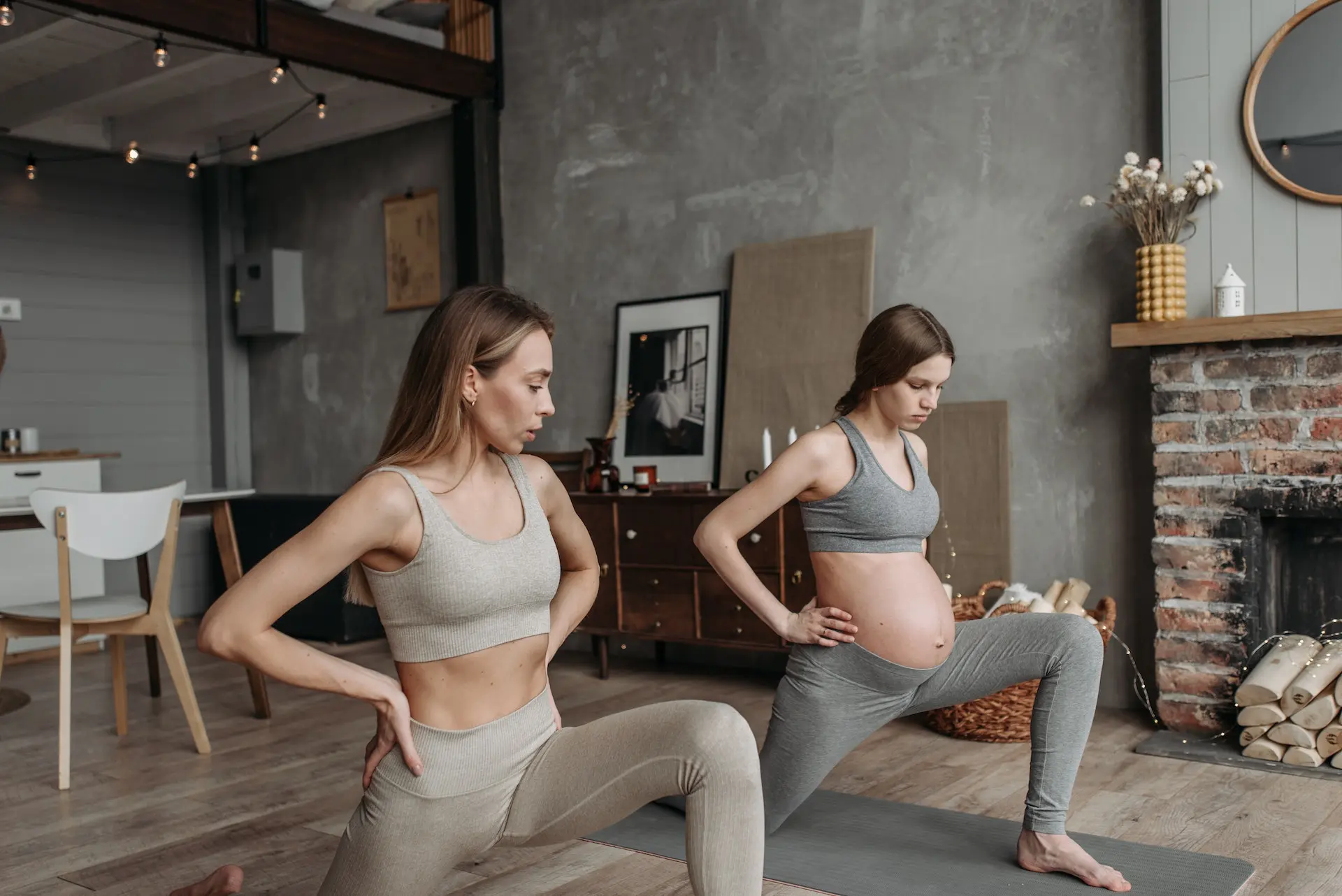Bringing a new life into the world is a transformative experience, and the journey through pregnancy and childbirth is both beautiful and challenging. After your baby arrives, it’s natural to want to regain your strength, energy, and pre-pregnancy fitness level. Postpartum fitness can be a rewarding way to recover physically and emotionally while navigating the demands of motherhood. In this blog, we’ll explore the benefits of postpartum fitness and provide tips for safely and effectively regaining your strength and vitality.
The Benefits of Postpartum Fitness
Physical Recovery: Pregnancy and childbirth can take a toll on your body. Postpartum fitness can help with recovery by strengthening muscles, improving posture, and restoring mobility.
Boosted Energy: Parenthood is demanding, and increased energy levels can be a game-changer. Regular exercise can increase energy and help you keep up with your little one.
Mood Improvement: Exercise is known to release endorphins, which can reduce stress and boost mood. This is particularly important during the postpartum period, which can bring about fluctuations in hormones and emotions.
Weight Management: Postpartum fitness can aid in returning to your pre-pregnancy weight by burning calories and increasing metabolism.
Enhanced Mental Well-being: Taking time for yourself through exercise provides an opportunity to clear your mind and reduce anxiety.
Safe Postpartum Fitness Tips
Before diving into postpartum fitness, it’s crucial to prioritize safety and gradual progress. Here are some tips to help you get started:
Consult Your Healthcare Provider: Before beginning any postpartum fitness routine, consult your healthcare provider to ensure that you’re physically ready. They can provide guidance based on your individual situation.
Start Slowly: Your body has gone through significant changes, so begin with low-intensity activities like walking or gentle yoga. Gradually increase the intensity as you feel comfortable.
Pelvic Floor Exercises: Incorporate pelvic floor exercises, such as Kegels, to help strengthen the muscles that support your pelvic area.
Core Strengthening: Focus on core-strengthening exercises to help repair abdominal separation (diastasis recti) that can occur during pregnancy.
Listen to Your Body: Pay attention to how your body feels during and after exercise. If you experience any pain, dizziness, or discomfort, stop and consult your healthcare provider.
Include Baby: If you’re unable to find childcare, consider exercises that involve your baby, like stroller walks, or incorporate them into gentle stretches and movements.
Stay Hydrated: Ensure you drink plenty of water, especially if you’re breastfeeding, to stay hydrated during and after your workouts.
Rest and Recovery: Don’t forget the importance of rest and recovery. Adequate sleep and downtime are essential for healing.
Seek Support: Join postpartum fitness classes or groups, either in-person or online, to connect with other moms who share similar experiences and goals.
Conclusion
Postpartum fitness can be an empowering and transformative journey for new moms. It offers physical recovery, increased energy, improved mood, and enhanced mental well-being during a time of immense change and adjustment. However, safety should always come first. Consult your healthcare provider, start slowly, and listen to your body. Remember that every woman’s postpartum journey is unique, so be patient with yourself and celebrate each step of progress. Embrace postpartum fitness as a way to nurture your physical and emotional well-being while navigating the joys and challenges of motherhood.






